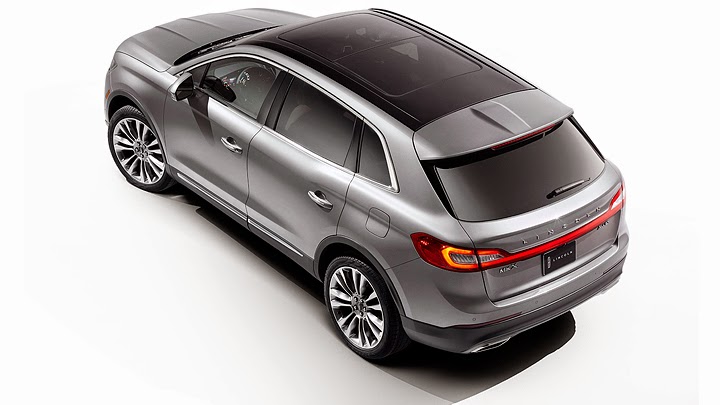
Lincoln’s plans were very interesting, specially after seeing GM having started to do the same with Cadillac a few years later, but they had some failures: poorly-executed design language and the use of outdated mechanics. They’re only two, it’s true, but it’s actually not hard to understand why they resulted impossible to overlook: the buyers who haven’t gave up on them from the first looks would do it after the test drive – many ended settling for the equivalent Ford and spending the (quite expressive) money difference on something else. The maker tried to do some damage control in the end of the decade, releasing new models and giving heavy facelifts to the others, but it was clear that their desired results would only be achieved with bigger changes.
After a few more years, Ford had already dropped the attempt of working with Jaguar and Volvo, so as to engage in more interesting plans. Some of these regarded working with fewer platforms, while others stimulated the selling of global vehicles, and others led to the creation of new engine families. Such environment was just as promising also for the group’s luxury branch, because cost-efficient projects were pretty much the best way with which to work on its problems. Since its MK models were already getting a bit old, Lincoln took the opportunity and executed a fresh start. Low-selling vehicles (such as MKS) are likely to be dropped, those with best-seller potential will be arriving soon (like MKC), and the others are receiving new generations with the best the company can offer.






MKX turns very nice to analyze because it has actually gone through all phases of modern Lincoln. This model was originally intended to be the new Aviator, which used to be an Explorer-based SUV. But the MK plans arrived, and everything changed: that model would make room for a whole new one, so as to offer a trendier look. The very first MKX emerged basically as a more groomed Edge, and featured all the excentricities with which Lincoln thought it would stay out in the crowd: a front grille with intimidating size and sieve-like styling, and wraparound tail lights. Later, the 2011 facelift made everything look more elegant, welcoming the signature split-wing grille and making the tail lights more conventional. Now, it seems like Lincoln has finally crafted something actually good.
Since Ford’s latest policies were effective at adopting modern technologies and cutting costs, Lincoln was freed to design its cars from scratch again, rather than just sprucing up Fords. And this is what makes MKX as enchanting as the pictures show: the split wings aren’t coarse at all, and appear in much better proportion with all the other front elements. The sides boast a silhouette which combines finesse and sportiness in the precise way an upscale vehicle deserves. The rear catches any eye as easily as before, but this time only getting “Beautiful!”, rather than “What the hell is this?”. And there are other items with which Lincoln has insisted on equipping its modern-day cars. Chrome inserts, for instance, don’t try to go beyond their supporting role. And the huge sunroof is just fascinating.




As you can imagine, a luxury midsize crossover’s equipment list is long. But some of the ones brought by MKX are cool enough to deserve individual mentions. The audio system is signed by Revel (a Harman division) and features thirteen speakers. The new MyLincoln Touch infotainment system includes a mobile application that allows drivers to find, start, lock and unlock the car. The front seats have 22-way adjustments and a set of adjustable air bladders – five in the seatback and six in the cushion – which continuously inflate and deflate in order to offer the best support in any situation. The LED headlights broaden their beam during 0-35 mph acceleration. The parking cameras offer a 180° front view to help deciding when to leave the spot and go into the traffic. And Black Label series are already offered, this time in two themes.
Certainly as an attempt to differentiate itself from Ford, Lincoln has been restricting its following of the downsizing trend. MKX keeps using only V6 propellers, and this time starts with the naturally-aspirated Duratec 3.7 and its 300 hp. Those who want to go even faster can take the EcoBoost 2.7, which makes up for the smaller displacement with an array of modern-day technologies, but the latter’s output for this crossover is still unknown. As far as technical specifications are concerned, everything else at MKX is derived from the very same platform which underpins the current Edge, which means the overall level of quality is very high. If this model manages to achieve sales numbers as good as what it deserves, Lincoln could be finally having a real chance to have glorious days once again.